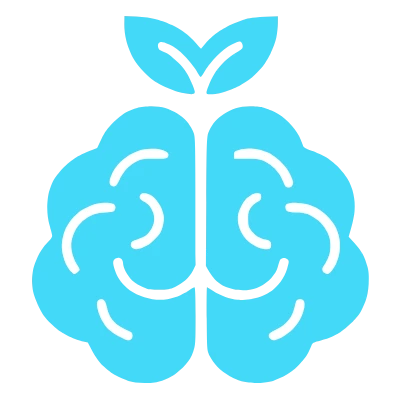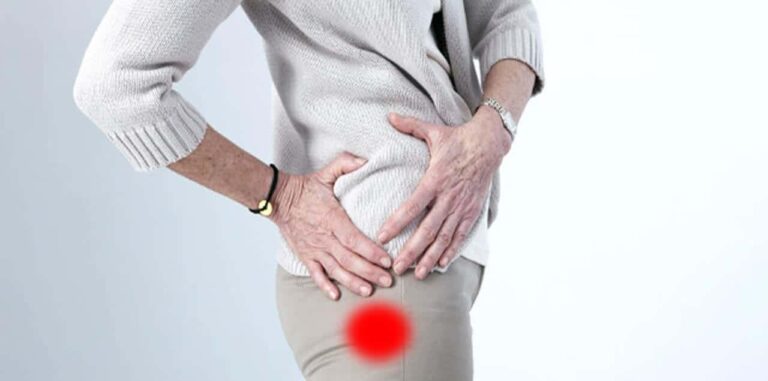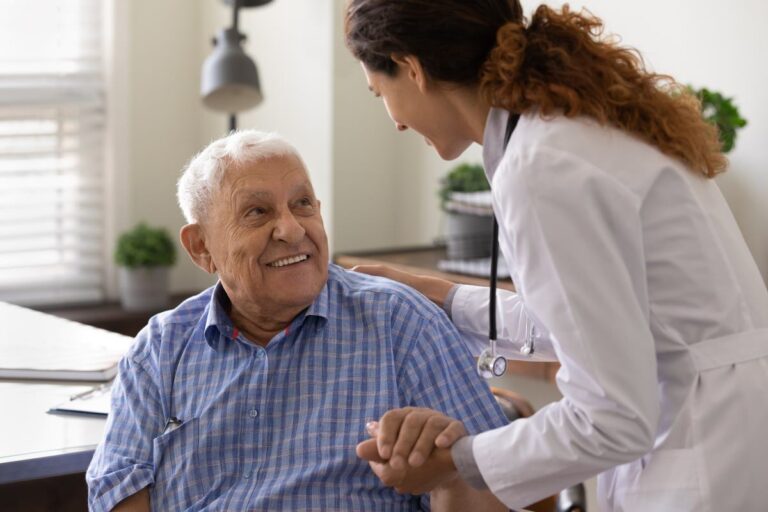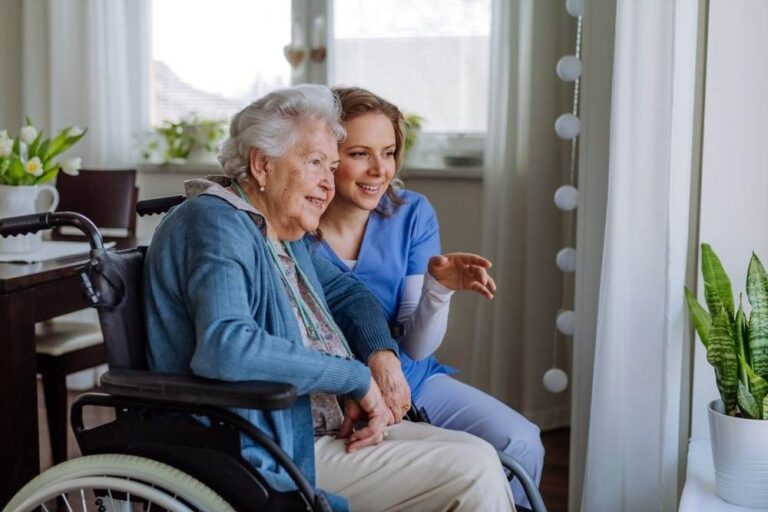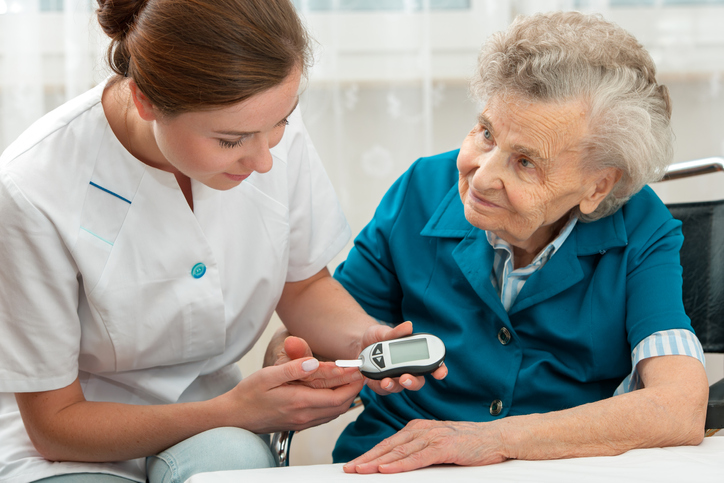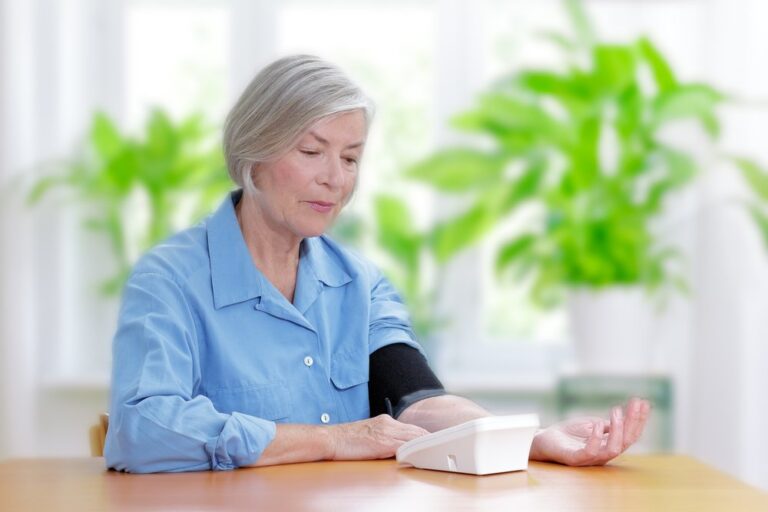Are you worried about your joints? Osteoarthritis is a condition that generally develops with age and, in many cases, can be caused by natural wear and tear of the joints over time. Although it is not possible to completely prevent osteoarthritis in older people, there are measures that can help reduce the risk of developing it or delay its progression.
What is osteoarthritis?
Osteoarthritis is a degenerative joint disease that mainly affects older people. However, it can also occur in younger people due to possible injuries or genetic factors.
Osteoarthritis is characterized by the gradual wear and tear of the cartilage that covers the surfaces of the joints, causing pain, inflammation and limiting the mobility of the affected joint.
This disease can affect several joints in the body, but is most common in the knees, hips, hands and spine. Although there is no definitive cure for osteoarthritis, we do have treatments to relieve pain, improve mobility and help people manage the disease, such as physiotherapy, pain relievers, lifestyle changes, etc.
Aging
As we have mentioned, natural aging is one of the main risk factors for osteoarthritis, since, over time, the cartilage that covers the joints tends to wear out.
Genetics
Genetic predisposition can increase the likelihood of developing osteoarthritis. If you have close family members who have had osteoarthritis, you may be at higher risk.
Previous joint injuries
Having suffered joint injuries, whether due to an accident or sports activities, can increase the risk of osteoarthritis in adulthood. This is because injuries can damage cartilage and make it more prone to future wear.
Obesity
Carrying excess body weight causes additional pressure on weight-bearing joints such as the knees and hips, which increases the risk of developing osteoarthritis in these joints.
inadequate physical activity
Physical activity practiced regularly and appropriately strengthens the muscles that protect the joints. However, lack of physical activity or improper joint practice can contribute to cartilage deterioration.
Hormonal factors
Some studies suggest that a lack of estrogen, which occurs in postmenopausal women, may play a key role in the development of osteoarthritis.
Biomechanical alterations
People with biomechanical joint problems, such as poor alignment or deformity, may increase the load on certain areas of the cartilage, leading to increased wear.
Chronic inflammation
Another possible cause of osteoarthritis is the presence of chronic inflammation in the joints, which is known as rheumatoid arthritis. This can contribute to cartilage damage and the development of osteoarthritis.
Occupational factors
Some jobs that require repetitive movements or heavy lifting can increase the risk of osteoarthritis in certain joints, such as the hands, shoulders or spine.
Metabolic factors
Certain metabolic conditions such as gout or hemochromatosis can also increase the risk of developing osteoarthritis in older people.
Symptoms of osteoarthritis in older people
Osteoarthritis is a progressive disease, so in older people it is more serious, more frequent and more debilitating, and can lead to disability. Older people who suffer from osteoarthritis may experience a variety of symptoms. Early identification of these symptoms is the first step in proper management of this condition:
Joint pain
Pain is one of the most characteristic symptoms of osteoarthritis. It may be mild at first, but over time it can become more intense and constant. Typically, pain tends to get worse with activity and better with rest.
Stiffness in the joints
Another common symptom of osteoarthritis in older people is stiffness in the affected joints, especially in the morning when getting out of bed or after periods of rest and inactivity. This stiffness can make normal movement of the joint difficult.
Inflammation
In some cases,the affected joints may become inflamed, causing swelling, heat, and redness in the area. However, inflammation in osteoarthritis is usually less pronounced than in other inflammatory diseases such as rheumatoid arthritis, with which it is sometimes confused with osteoarthritis.
Cracking or clicking
When you move the affected joint, you may hear clicking or cracking noises. These sounds can be caused by the bones rubbing due to the wear of the cartilage.
Loss of mobility
Over time, osteoarthritis can limit the ability to move the affected joint fully and comfortably. This is why many older people find it very difficult to carry out daily activities, such as walking, climbing stairs or grasping objects.
Joint deformities
In advanced cases of osteoarthritis, the joints can become deformed and show visible changes in the shape of the joint and, as a consequence, a decrease in the functionality of that joint.
Referred pain
Sometimes, osteoarthritis pain is not only felt in the joint, but also in other nearby areas, which can make it difficult to identify the exact source of the pain.
In this season of life, a prayer for healing, protection and hope may be our direct line to the divine. Explore the power of prayer and connect with your faith!
Tips to prevent osteoarthritis in older people
Although it is not possible to completely prevent osteoarthritis in older people, we can follow a series ofrecommendations that help reduce the risk of developing it or try to delay its progression as much as possible:
-
Maintain a healthy weight to reduce the load on the joints and reduce the risk of developing osteoarthritis.
-
Engage in regular physical activity to strengthen the muscles around your joints and improve stability. Low-impact exercises, such as swimming, cycling, yoga or Pilates, are especially beneficial.
-
Try to maintain proper posture when standing, sitting, and lifting objects. This way you can prevent excessive wear and tear on the joints of the spine and hips.
-
Avoid falls and injuries that can damage your joints. To do this, remember to protect them using the appropriate equipment and practice safe techniques when doing physical or sports activities.
-
Apply heat. In the mornings, when it is more common to have greater stiffness and pain, it is advisable to apply a hot shower on the joints to soothe the discomfort. Also going to spas can be beneficial.
-
Follow a balanced diet, based on foods rich in antioxidants and anti-inflammatories, such as fruits, vegetables, fish and nuts. It’s also important to get enough calcium and vitamin D to keep your bones strong.
-
Don’t smoke because tobacco has been linked to an increased risk of developing osteoarthritis, as it can damage the connective tissue in the joints.
-
Maintain good overall health, as certain chronic medical conditions, such as diabetes or hypertension, can negatively affect the health of your joints.
- Wear appropriate footwear. Elastic shoes are recommended, but firm and made of non-synthetic materials, without much heels or laces.
Care of patients with osteoarthritis
Osteoarthritis in older people can lead to frustration due to the loss of autonomy and independence. Insecurity due to the fear of suffering falls and injuries causes older people to become more cautious in their mobility and, with this, reduce their participation in social activities, which further results in the emotional problems of our elders.
All these physical and emotional conditions that osteoarthritis entails in older people are something that we are very aware of in the day-to-day life of our residences and day centers NAMI. In our centers we have different specialists, such as nurses, physiotherapists, social workers, occupational therapists, psychologists, etc. who design a rehabilitation plan adapted to the needs of each patient, which we carry out in our own facilities. Daily work with our elderly allows us to relieve pain and improve mobility and quality of life so that they can enjoy each day to the fullest without osteoarthritis stopping them.
